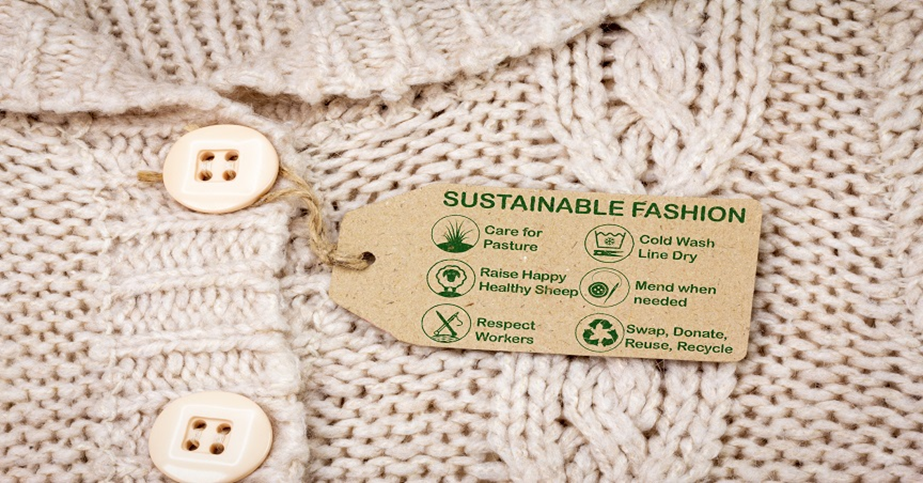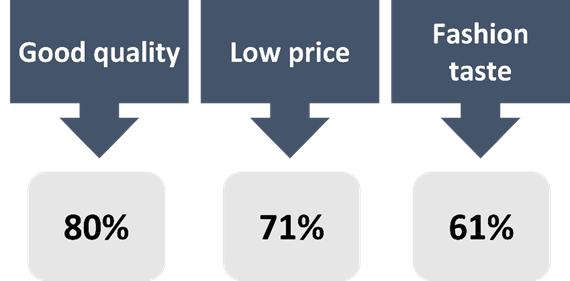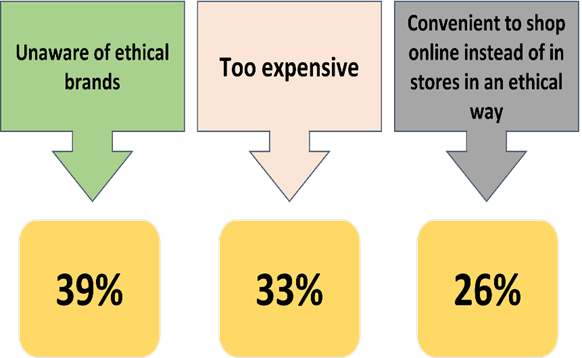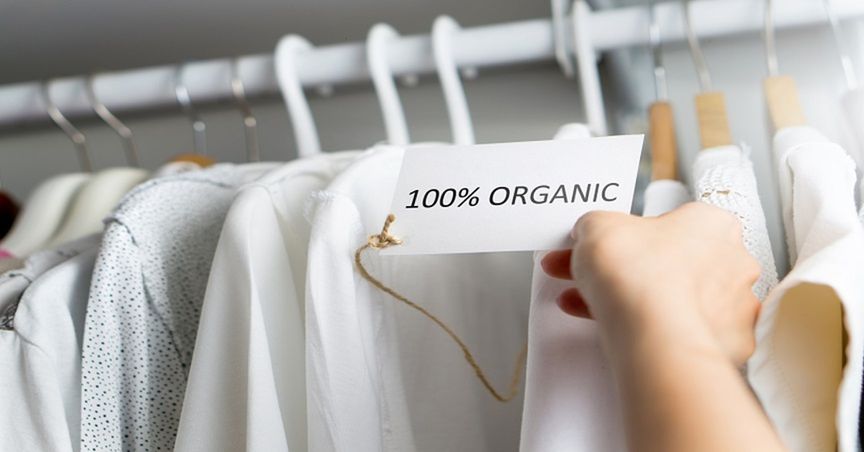Highlights
- The fashion industry produces 10% of greenhouse gases and 20% of wastewater globally
- Green fashion uses environment-friendly techniques to make clothing
- Good quality is the top factor that Australians consider while purchasing clothing
- To promote green fashion, one can buy secondhand clothes or clothes of good quality that will be durable for years
The fashion industry has a remarkable effect on people and the environment. Globally, the industry is responsible for 10% of greenhouse gas emissions and 20% of wastewater. In contrast, green fashion, also known as sustainable/ethical fashion, refers to the idea of a fashion which uses environment-friendly techniques to make clothing. It has responsible production techniques and uses environment-friendly fabrics. It uses organic materials, biodegradable dyes and methods that create zero waste.
However, a major chunk of the fashion industry nowadays is not sustainable. Instead, there is a trend of ‘fast fashion’ everywhere. Clothing is purposefully manufactured at low prices and of cheaper quality. People consume them rapidly and regard clothing as disposable. People wear them a few times before discarding them or replacing them with newer and trendier affordable clothing.
Fast fashion firms may release as many as one new collection per week to encourage mindless purchasing.
Fashion shouldn’t cost the Earth
Green fashion uses natural and organic materials from plant resources such as cotton, silk, wool, and cellulose fibres. It avoids synthetics like nylon, acrylic, and polyester. Natural fibres are biodegradable, and they do not leave any harmful residues or toxic chemicals. It uses eco-friendly dyes and minimises the use of toxic chemicals.
The use of old or pre-existing materials is another essence of green fashion. It makes sure that no new resources are extracted, and existing materials are used.
Clothes are cut and designed in a way that produces minimal byproduct. Some manufacturers also minimise water and energy usage during the production process and avoid the use of plastic packaging.
Do read: An insight into three ASX-listed fashion stocks: ATP, GLE, GLB
An insight into Australian consumers

Image source: © Hollyharryoz | Megapixl.com
While age and gender play an essential role in making fashion preferences, quality, price, and taste are other significant factors influencing Australians while purchasing clothes. A minor portion of Australians is concerned about trends and copying the fashion around them.
Factors driving Australians in making purchasing decisions

Major barriers to ethical shopping are as follows:

Image source: © 2022 Kalkine Media®
Data source: The Australian Ethical Consumer Report
Also read: ASX stocks in focus amid online shopping boom in Australia
What can you do?
Instead of choosing fast fashion, you can opt for shopping more sustainably by following these:
- Buying second-hand clothes
- Investing in clothes of higher quality that are more durable so that you can wear them for years
- Take good care of clothes so that they remain durable for years
- Donating your clothes to the needy instead of dumping them, aiding in pollution
Bottom line
To wrap up, fashion should not be at the cost of our Earth’s wellbeing. Green fashion is a sustainable approach to the industry, which aims to be environment friendly. Just by making a few simple changes in our clothing habits, we can contribute toward green fashion at an individual level.
How did the Metaverse Fashion Week Closing Event Go?





